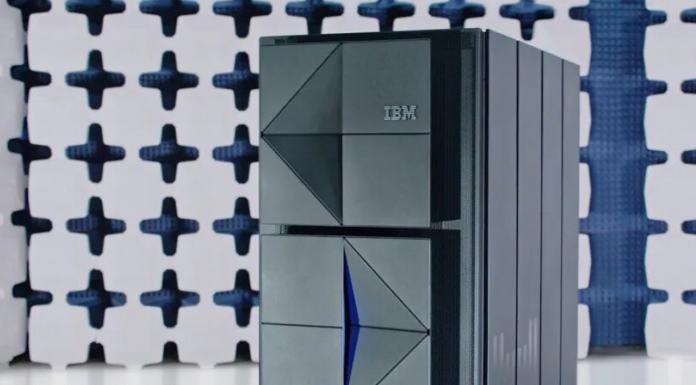Financial institutions and individuals alike are increasingly falling victim to cyber-attacks, the most common being credit card fraud. The IBM z16 unveiled in early April could help them protect themselves from this. This new mainframe, launched just over 2 years after its predecessor, features an on-chip artificial intelligence gas pedal that provides latency-optimized inference. It will enable customers to analyze real-time transactions on a large scale for mission-critical applications such as credit cards, healthcare, and financial transactions, and protect against quantum attacks in the future. According to IBM, two-thirds of the Fortune 100 companies, 45 of the top 50 global banks, 8 of the top 10 insurers, 7 of the top 10 global retailers and 8 of the top 10 telecom operators, use its mainframes to run their most critical applications. For example, according to a recent IBM-commissioned study by Celent, IBM zSystems run 70% of global transactions, by value.
The new IBM z16 mainframe
The z16 will be based on IBM's Telum chip, unveiled on August 23, manufactured by Samsung. This innovative chip, built on 7nm extreme ultraviolet technology, contains 8 cores each capable of running two threads in SMT2, with a deep superscalar out-of-order instruction pipeline, running at a clock rate of more than 5 GHz.The completely redesigned chip cache and interconnect infrastructure provides 32 MB of cache per core, and can scale to 32 Telum chips. The two-chip module design contains 22 billion transistors and 30 kilometers of wire over 17 metal layers.
The firm stated at the time:
"Due to latency requirements, complex fraud detection often cannot be performed in real time, which means that a bad actor may have already successfully purchased goods with a stolen credit card before the retailer notices the fraud. A heterogeneous system of tightly integrated CPU and AI cores on the same chip is essential to support ultra-low latency AI inference. That's exactly what Telum does."Telum is thus the first processor from IBM to contain on-chip acceleration for AI inference while a transaction is in progress and will enable financial institutions to analyze fraud in large-scale transactions: the IBM z16 can process 300 billion inference requests per day with a latency of only one millisecond.
Ross Mauri, head of the IBM System division, states:
"If everyone on earth decided to make a transaction with their bank card in the same day, the new z16 could process those 8 billion transactions over 24 hours."
IBM z16 planned to withstand quantum computers
A secure hybrid cloud is essential to protect against today's threats and to position against cybercriminals who can steal data now and decrypt it later. IBM, which announcedEagle, its new 127-qubit superconducting quantum processor, last November, is well aware that quantum is going to be able to decrypt all that data.The IBM z16 is therefore based on Euclidean network cryptography, more precisely on the Cryto Express 8S card and "quantum safe" algorithms that allow companies to develop encryptions that are resistant to quantum calculations.
IBM assures:
"The z16 is protected by quantum safe technology across multiple layers of firmware during the boot process. It is the first system to support: quantum safe secure boot."Ric Lewis, SVP, IBM Systems concludes:
"IBM is the benchmark for highly secure transaction processing. Now, with the innovations in the IBM z16, our customers can accelerate their decision making with model inference where their critical data resides.This opens up new and game-changing opportunities for our clients and their industries as they seek to improve customer experiences and operational results."
Translated from IBM z16, la nouvelle plateforme d'IBM qui apporte intelligence artificielle et cyber-résilience au cloud hybride


